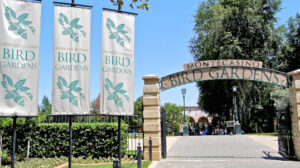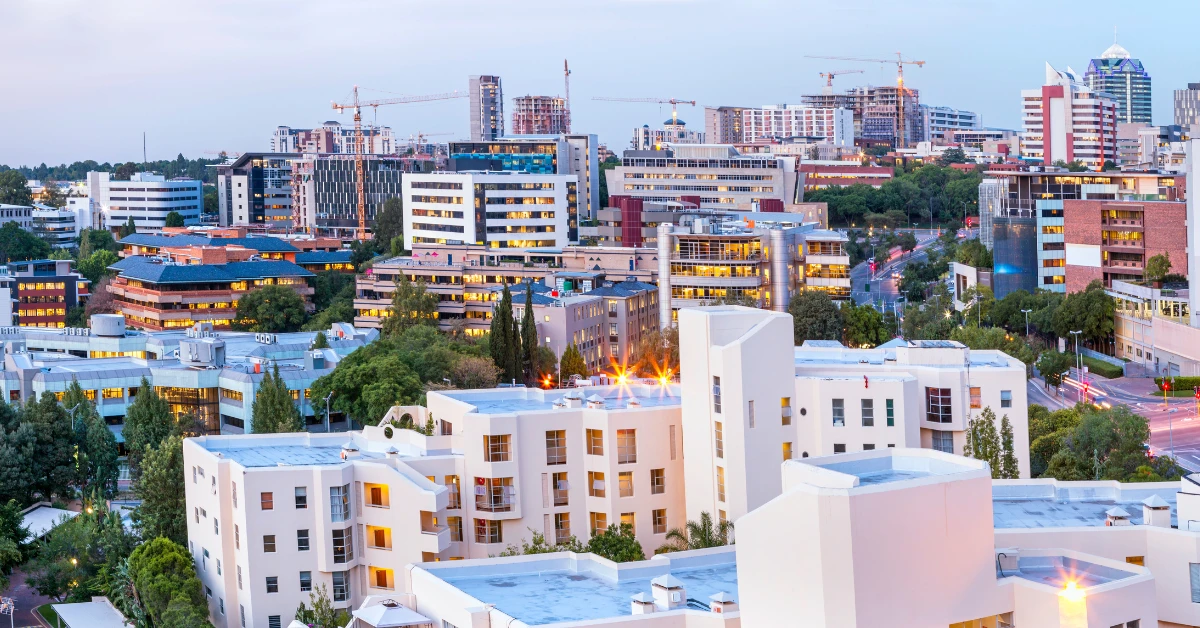Some Of Johannesburg North Attractions
Some Of Johannesburg North Attractions
Blog Article
The 20-Second Trick For Johannesburg North Attractions
Table of ContentsAbout Johannesburg North AttractionsJohannesburg North Attractions Things To Know Before You Get ThisThe Ultimate Guide To Johannesburg North AttractionsSome Known Facts About Johannesburg North Attractions.The Best Guide To Johannesburg North AttractionsThe Main Principles Of Johannesburg North Attractions The Best Guide To Johannesburg North Attractions
Nevertheless you need to keep security in mind and tourists should continue to be sharp in all times when in unknown environments. Speak with the residents when you are in town to learn about the location you are remaining in. Johannesburg North attractions. When on the road (this does not put on mall and other protected environments) ideal general advice is to attempt your best to look like a regional and to stay clear of displaying any type of type of wealth
Little Known Facts About Johannesburg North Attractions.
Teacher Revil Mason O. J. (Thomson, 1946) checked out the Witwatersrand's pre-colonial history. His archaeological job blew up the 'em pty land' myth, according to which the region was lacking human habitation prior to the arrival of European inhabitants. In his publications Prehistory of the Transvaal: A Record of Human Activity (1962) and Origins of Black Individuals of Johannesburg and the Southern Western Central Transvaal Advertisement 3501880 (1986 ), Professor Mason showed the level of social and financial advancement in the location prior to Europeans set foot below.

All About Johannesburg North Attractions
In 1878, David Wardrop found gold in quartz blood vessels at Zwartkop, north of Krugersdorp. In 1881, Stephanus Minnaar came across gold on the ranch Kromdraai, near the Cradle of Mankind.
In March 1886, an outcropping (soon to be called the Main Reef) was discovered, quite luckily, on Gerhardus Oosthuizen's ranch Langlaagte. Some claim that the Lancastrian coal miner George Walker found this reef. Another itinerant English prospector, George Harrison (who had formerly operated in Australian mines) obtained a prospecting licence in respect of Langlaagte in May 1886.
He determined to proceed in a mission for greener pastures, and disposed of his Langlaagte case for the baronial amount of 10. Alas: underneath lay the wealthiest goldfield ever before discovered. The exploration of this abundant auriferous coral reef prompted a gold thrill that signalled completion of bucolic tranquillity in the southern Transvaal.
It would certainly, within six years, become the largest town in a fantastic read southern Africa. Within a decade, it would certainly make the Z. A. R. till then an anarchical and bankrupt little state the most affluent country in Africa. By the turn of the century, the Z. A. R. was to surpass Russia, Australia and the United States of America to become the world's leading gold manufacturer, creating even more than a quarter of the world's gold.
The 45-Second Trick For Johannesburg North Attractions
It was called Ferreira's Camp, named after Colonel Ignatius Ferreira. He was a Boer traveler upon whom the British authorities had presented the standing of Buddy of the Many Differentiated Order of St Michael and St George (entitling him to the post-nominal letters C. M. G.) in thankfulness for his role in the battle that had actually deposed the Pedi king Sekhukhune in 1879.
2 other camps were developed: Meyer's Camp on the ranch Doornfontein, and Paarl Camp. The great post to read latter was nicknamed Afrikander Camp; several people from the Cape Swarm settled there.

Johannesburg North Attractions Can Be Fun For Anyone
This name gained currency by word of mouth, such that the State Secretary verified the name to the Mining Commissioner on 9 October 1886. Stands in the village were auctioned on 8 December 1886. While some stands were cost 10, others were torn down for as low as sixpence.
Two years later, these erven were to change hands for as high as 750 each. The tented camps diminished as a dorp of corrugated iron buildings established and increased north of the mines situated along the Key Coral Reef Roadway. Locations such as Jeppe's Town (where working-class immigrants erected their dwellings) and Doornfontein (where the upscale brand-new 'Randlords' began to construct their opulent homes) were soon contributed to the ever-expanding map of the town.
An Unbiased View of Johannesburg North Attractions
Apart from the street names, there were no indications of Johannesburg being positioned in a Dutch-speaking country., almost everyone talked English and even the Federal government slaves attended to one in English, unless they were initial resolved in the Taal (or Reduced Dutch)'.
Britain had a passion in making sure ideal problems for gold production on the Witwatersrand, and that the gold was exported to London instead than Berlin an important made all the more clamant by the Z. A. R.'s enhancing toenadering with Germany. Mine owners got on a crash course with President Kruger, whose policy of monopolistic concessions (typically approved to his cronies) prevented mining firms from obtaining materials of materials (especially dynamite) and work on their very own, more affordable terms
The smart Trick of Johannesburg North Attractions That Nobody is Talking About
In this page 1890, the Volksraad had limited the franchise business to white men who had actually resided in the Z. A. R. for fourteen years or longer, hence disqualifying the majority of the immigrants (who took place to be the major contributors to the fiscus). Frustration for the vote was a simple pretense for promoting a various schedule; a lot of uitlanders regarded themselves as short-term visitors and had no intention of staying in the Z.
Report this page